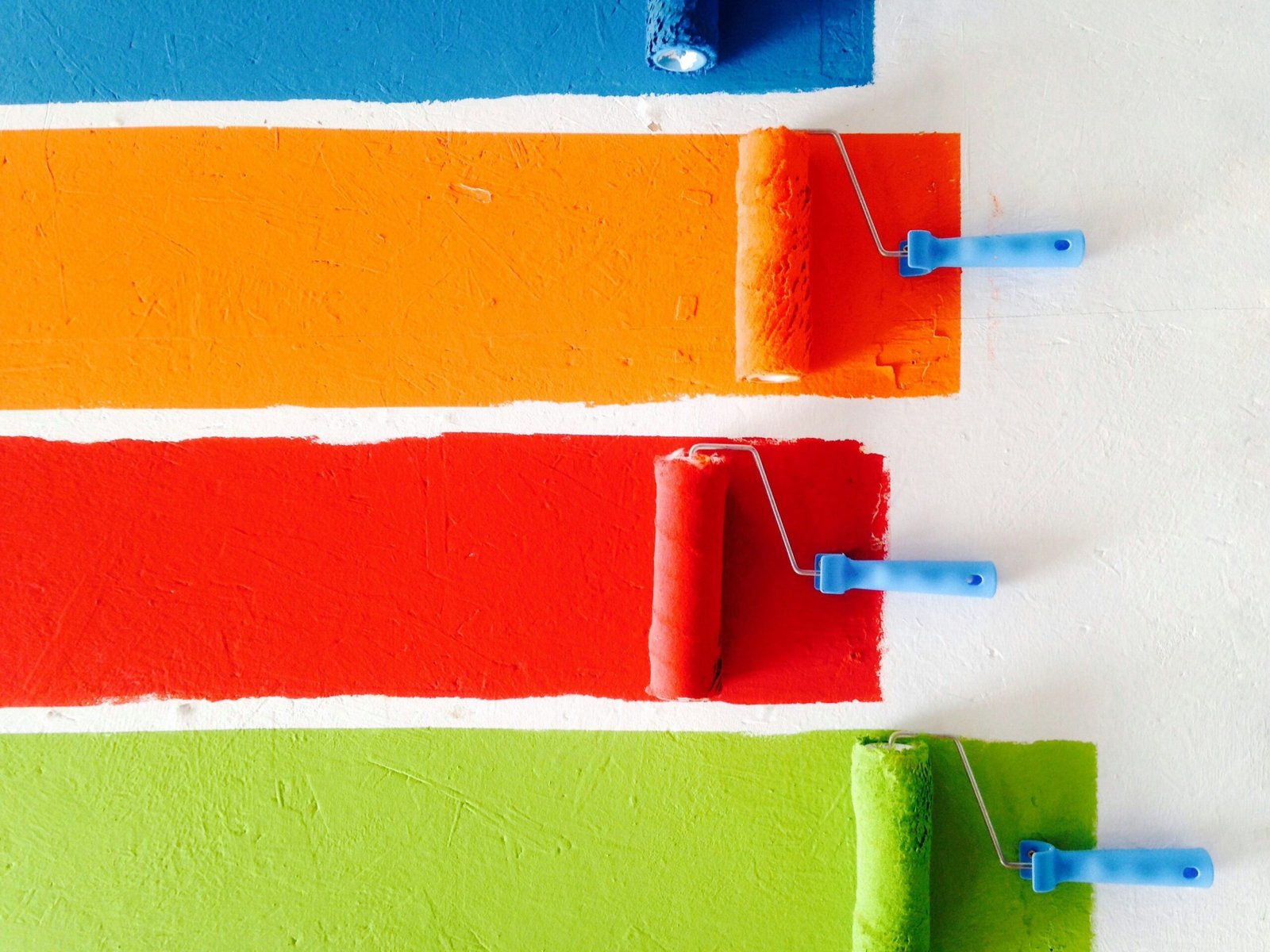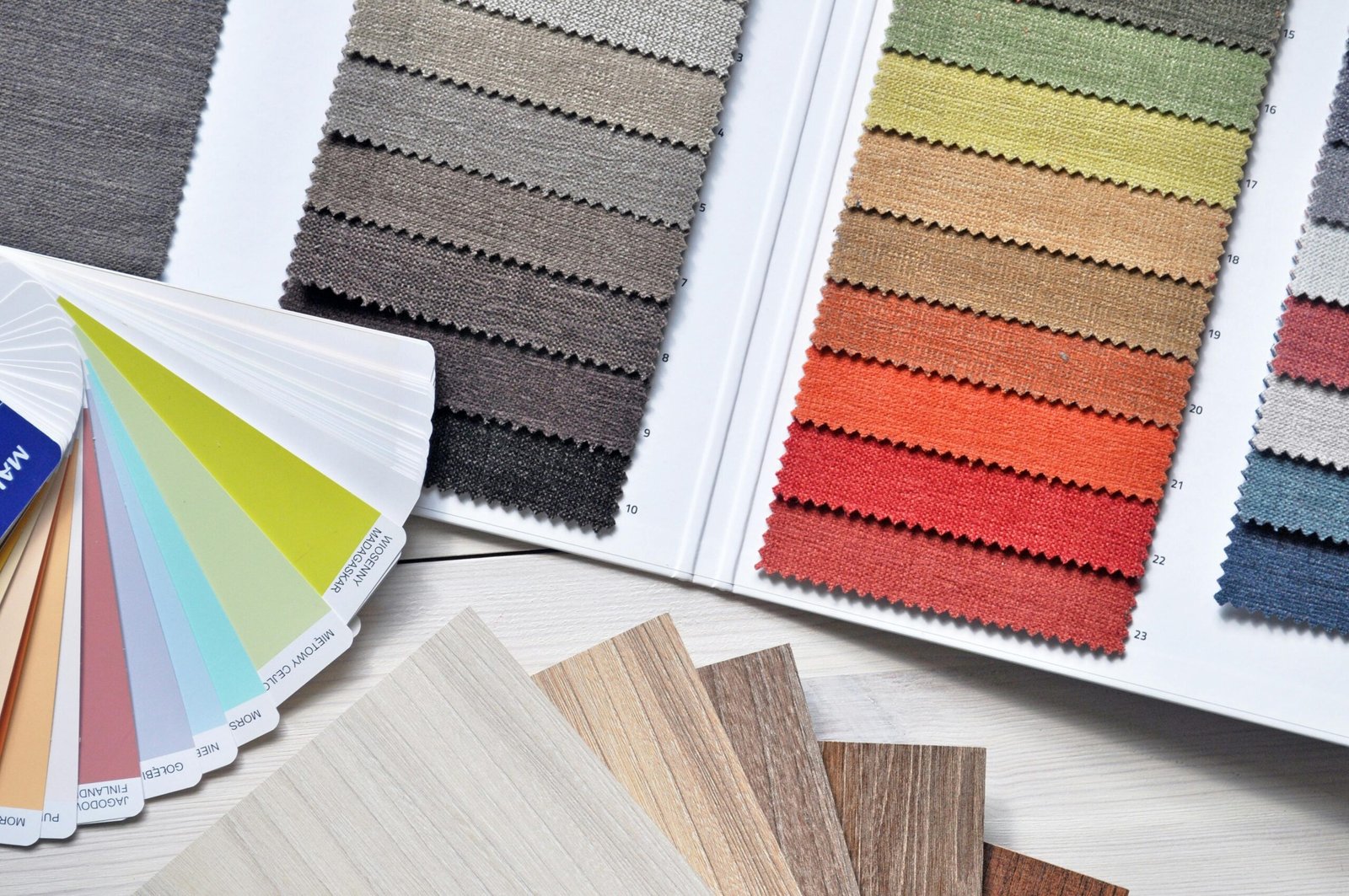As the year progresses, the world of architecture and interior design continues to evolve, embracing new trends that reflect changing lifestyles, technological advancements, and a growing emphasis on sustainability. From the rise of biophilic design to the integration of smart technology, these trends are shaping the spaces we live, work, and play in. Let’s explore some of the most exciting architecture and interior design trends for 2024.
Biophilic Design – Bringing Nature Indoors
Biophilic design, which emphasizes the connection between humans and nature, continues to gain popularity in 2024. This trend goes beyond merely adding plants to a space; it involves integrating natural elements like wood, stone, and water features into architectural designs and interior spaces. The goal is to create environments that promote health, well-being, and a sense of calm by reconnecting people with nature in their everyday surroundings.
Key features of biophilic design include:
- Natural Materials: The use of natural materials such as reclaimed wood, bamboo, and natural stone helps create a calming, organic environment. These materials bring warmth and texture to interiors, promoting a sense of tranquility.
- Indoor Gardens and Green Walls: Incorporating indoor gardens, living green walls, and potted plants not only improves air quality but also enhances the aesthetic appeal of a space. Moreover, greenery has been shown to reduce stress and increase productivity, making it a popular choice for both residential and commercial spaces.
- Natural Light: Maximizing natural light through large windows, skylights, and open floor plans helps create a bright and airy environment, reducing the need for artificial lighting.
- Water Elements: Incorporating water elements such as indoor fountains or small ponds can add a soothing sound and calming presence to a space. The sound of flowing water can promote relaxation and create a tranquil atmosphere, giving interiors a more serene and nature-connected feel.
Sustainable and Eco-Friendly Design
Sustainability is not just a trend; it is a fundamental aspect of modern architecture and interior design. In 2024, we are seeing a continued emphasis on sustainable design practices that reduce environmental impact and promote energy efficiency.
Key sustainable design trends include:
- Eco-Friendly Materials: The use of recycled, reclaimed, and sustainable materials is on the rise. Architects and designers are opting for materials like recycled steel, reclaimed wood, and sustainable bamboo to minimize environmental impact. These materials not only reduce waste but also offer unique aesthetic qualities that can enhance the character of a space. For instance, reclaimed wood can add a rustic charm, while recycled glass can introduce a modern, sleek look.
- Energy Efficiency: Incorporating energy-efficient systems, such as solar panels, green roofs, and high-performance windows, is becoming standard practice. These systems help reduce energy consumption and lower utility costs.
- Waste Reduction: Designers are focusing on reducing waste by selecting materials with a longer lifespan and opting for modular designs that allow for easy disassembly and recycling at the end of a building’s life cycle.
Maximalism – Bold Colors and Diverse Decor
While minimalism has been a dominant trend in recent years, 2024 sees a resurgence of maximalism. This trend embraces bold colors, eclectic decor, and a mix of patterns and textures to create vibrant and dynamic spaces.
Key elements of maximalism include:
- Bold Color Palettes: Rich, saturated colors such as deep blues, emerald greens, and burnt oranges are making a comeback. These colors are being used on walls, furniture, and accessories to create a bold and distinctive look.
- Mixing Patterns and Textures: Maximalism encourages the mixing of different patterns, textures, and styles. From floral prints to geometric patterns, designers are creating visually stimulating spaces that tell a unique story
- Personalized Decor: This trend celebrates individuality, with interiors showcasing personal collections, artwork, and statement pieces that reflect the homeowner’s personality and interests.
- Layered Lighting: Maximalist spaces often feature layered lighting to create mood and ambiance. Combining different types of lighting, such as chandeliers, wall sconces, floor lamps, and table lamps, allows for a dynamic and flexible approach to illumination, enhancing the overall aesthetic.
Smart Homes and Integrated Technology
The integration of smart technology into home design continues to gain popularity. As technology advances, homes are becoming more connected and efficient, offering increased convenience and comfort to occupants.
Key aspects of smart home design include:
- Home Automation Systems: Smart home systems that control lighting, heating, security, and entertainment are becoming standard in modern homes. These systems offer enhanced convenience, energy efficiency, and security.
- Voice-Activated Assistants: Voice-activated devices like Amazon Alexa and Google Home are being integrated into homes to control various functions, from adjusting the thermostat to turning on the lights.
- Smart Appliances: From refrigerators that suggest recipes to washing machines that can be controlled via smartphone, smart appliances are making everyday tasks easier and more efficient.
- Enhanced Security Systems: Smart security systems that include video doorbells, motion sensors, and remote monitoring capabilities are becoming increasingly popular. These systems provide homeowners with peace of mind by allowing them to monitor their properties from anywhere in the world.
Flexible and Multifunctional Spaces
As remote work and flexible living become more common, there is a growing demand for spaces that can serve multiple purposes. In 2024, architects and designers are focusing on creating versatile spaces that can adapt to different needs throughout the day.
Key trends in flexible design include:
- Multipurpose Furniture: Furniture pieces such as sofa beds, fold-out desks, and modular shelves are among the items that help maximize space and provide flexibility for various activities.
- Open Floor Plans: The demand for open floor plans that offer easy adaptation and repurposing as needed is becoming more common. Movable partitions and sliding doors provide flexibility, allowing spaces to be adapted for various uses, from work to relaxation.
- Home Offices and Workstations: With the rise of remote work, dedicated home offices and workstations are becoming a must-have. Designers are focusing on creating ergonomic, well-lit, and aesthetically pleasing workspaces that enhance productivity and comfort.
- Adaptable Outdoor Spaces: As the focus on maximizing functionality in design grows, the concept of convertible outdoor spaces has become increasingly popular. This approach involves designing outdoor areas that can seamlessly adapt to various activities and events. For example, a space might feature modular furniture that can be rearranged to accommodate gatherings or individual relaxation, allowing for greater versatility in how these spaces are used throughout the year.
Retro Revival – A Nod to the Past
The resurgence of retro design elements, making a comeback with a refreshed and modern twist, combines nostalgic style with current trends to create unique and sophisticated spaces. Designers draw inspiration from the 1960s and 1970s, incorporating vintage furniture, bold patterns, and nostalgic color schemes into contemporary spaces.
Key features of the retro revival trend include:
- Vintage Furniture and Decor: Mid-century modern furniture pieces, such as Eames chairs and Noguchi tables, are being reimagined with contemporary fabrics and finishes to create a blend of old and new. Vintage lighting fixtures, such as globe pendant lights and sputnik chandeliers, are also being incorporated to add a touch of retro glamour.
- Bold Patterns and Textures: Retro-inspired patterns, such as geometric prints and shag rugs, are being used to add character and depth to interiors. These patterns are often paired with rich textures like velvet and leather to create a layered and visually interesting aesthetic.
- Earthy Tones and Warm Hues: Color palettes featuring earthy tones like mustard yellow, terracotta, and olive green are making a comeback, creating a warm and inviting atmosphere. These colors are often balanced with neutral tones like beige and cream to prevent the space from feeling too dated.
Wellness-Centric Design
In 2024, there is a growing focus on designing spaces that prioritize the health and well-being of occupants. Wellness-centric design goes beyond aesthetics to consider how a space can promote physical and mental well-being. This trend includes elements that enhance indoor air quality, promote physical activity, and create environments that reduce stress and enhance relaxation.
Key features of wellness-centric design include:
- Air Quality Enhancement: Incorporating air purifiers, green walls, and ventilation systems that improve indoor air quality is becoming increasingly important. Designers are also selecting low-VOC (volatile organic compounds) paints and finishes to reduce the presence of harmful chemicals in the air.
- Ergonomic Furniture: There is a growing emphasis on ergonomic furniture that supports good posture and reduces strain on the body. Adjustable desks, supportive chairs, and sit-stand workstations are being incorporated into both home and office environments to promote better health and productivity.
- Serene Areas: Designing specific spaces for relaxation, like meditation rooms or tranquil corners, is a crucial element of wellness-focused design. These areas are crafted to be soothing and to offer refuge for rest and renewal.
Conclusion
As we move through 2024, these architecture and interior design trends are redefining how we experience and interact with our built environment. Whether through the embrace of nature with biophilic design, the pursuit of sustainability, the integration of smart technology, or the focus on wellness, these trends offer exciting possibilities for creating spaces that are not only beautiful but also functional, sustainable, and health-promoting. By incorporating these trends, architects and designers are shaping a future that prioritizes well-being, innovation, and the environment, creating spaces that truly reflect the future of design.



